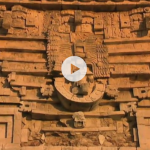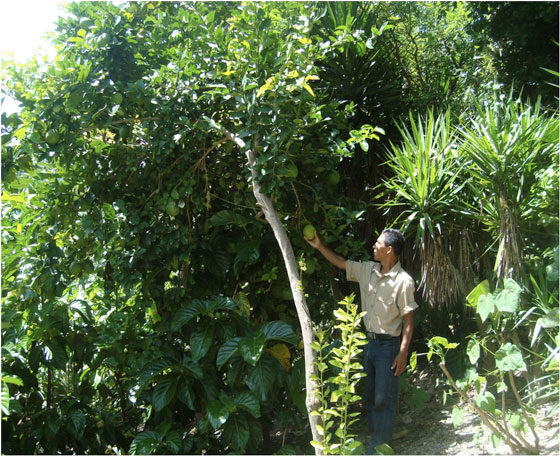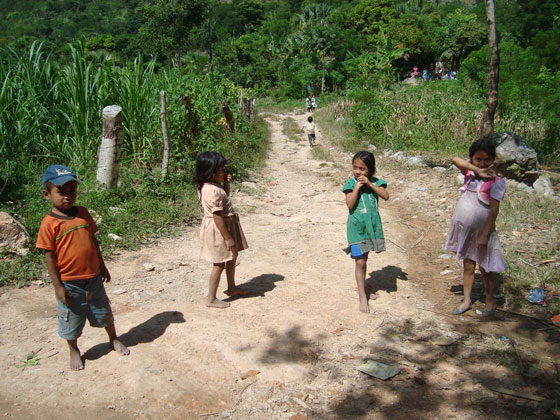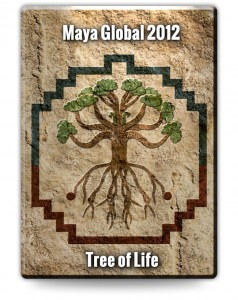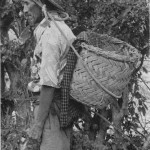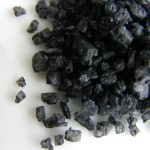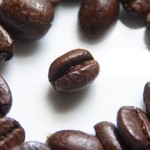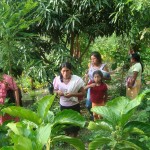October 10th is last day to sign up for this very special opportunity to learn first-hand about the Maya culture…past, present, and future. Click here to sign up for the trip! You will be spending the last four days in Copan Ruinas, Honduras celebrating and learning about the significance of the ending of the 5,140 year Maya Calendar on December 21st from renowned Maya Luminaries and leaders. For the first six days, you will be traveling on the ancient trails in Guatemala visiting our five Maya projects and their community and spiritual leaders. They are: Kuchub’al in the Quezaltenango region; the Peasant Committee of the High Plains in the mountainous volcano region surrounding Lake Atitlan; the Sakapulas Black Salt community in the Quiche region ; SAAQ’ ACH’OODI NIMLA K’ALEB’AL Maya Red Cacao in the Alta Verapaz region; and the Oxwitik Ch’orti in Chiquimula, Guatemala and Copan, Honduras.
The Peasant Committee of the High Plains
The Maya people of Atitlán are predominantly Tz’utujil and Kaqchikel…but today with our project, The Peasant Committee of the High Plains, you will find indigenous people from all of the Maya regions. It was during the Spanish conquest of the Kaqchikel that they initially allied themselves with the invaders to defeat their historic enemies the Tz’utujil and Quiche Maya. The Kaqchikel were then conquered and subdued when they refused to pay tribute to the Spanish.
The Peasant Committee of the High Plains is an organization of more than 1,200 members representing people from all 21 Maya indigenous populations and regions. As with all of our projects, they understand value-added and want to make products to sell to our marketplace, to raise them out of dire poverty and to provide a future for their children. They grow all their crops, including rich high elevation-high valued coffee beans, macadamia nuts, and sugar cane in the Maya traditional method. However, today their plight is they must walk hours just to deliver a 50 lb. sack of green coffee beans for a minimum price from buyers called coyotes.
Already a member?
Reducing Poverty and Improving Environments
Imagine a store filled with healthy, natural products. All the products are produced by companies owned by indigenous Mayan people using raw materials grown in the region using agricultural methods that enrich the land rather than depleting it. The workers and growers are working themselves out of poverty by selling the products directly to consumers and avoiding wholesalers. The workers share company ownership with community foundations that use the profits to fund projects such as health clinics, water purification plants and school programs. Every product in the store is tied to a particular company and you can easily see how they produce it and what they are doing with your money.

